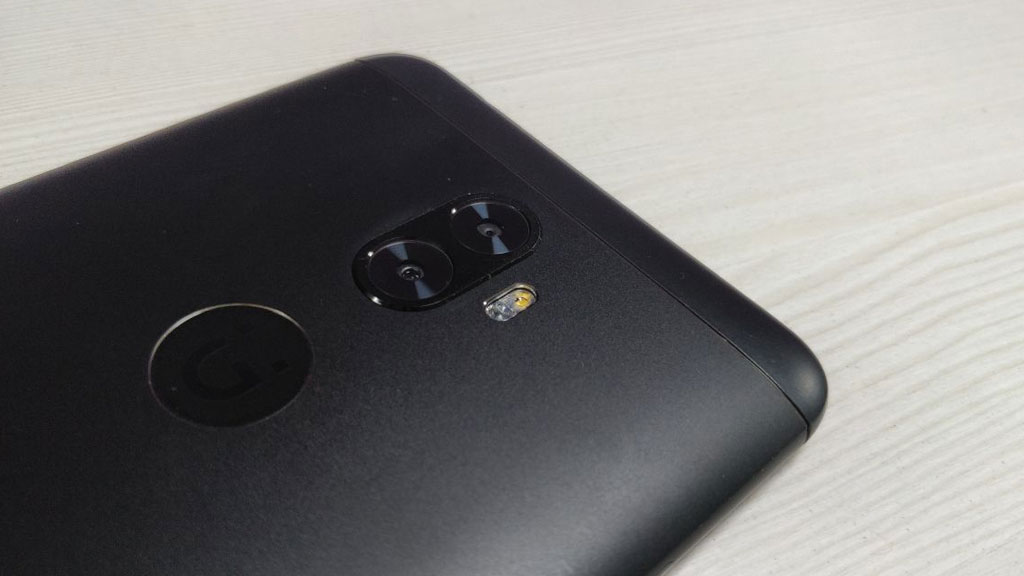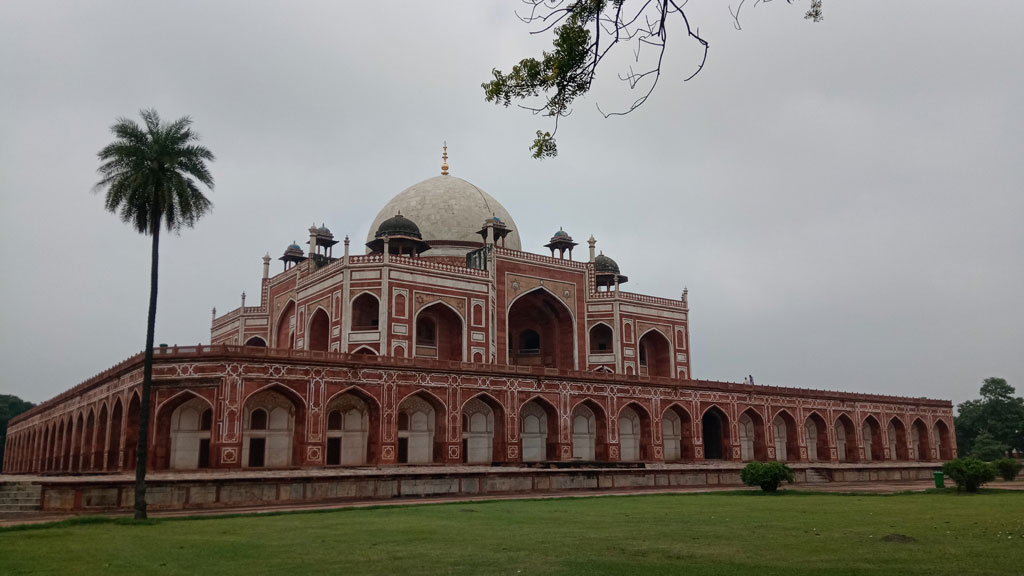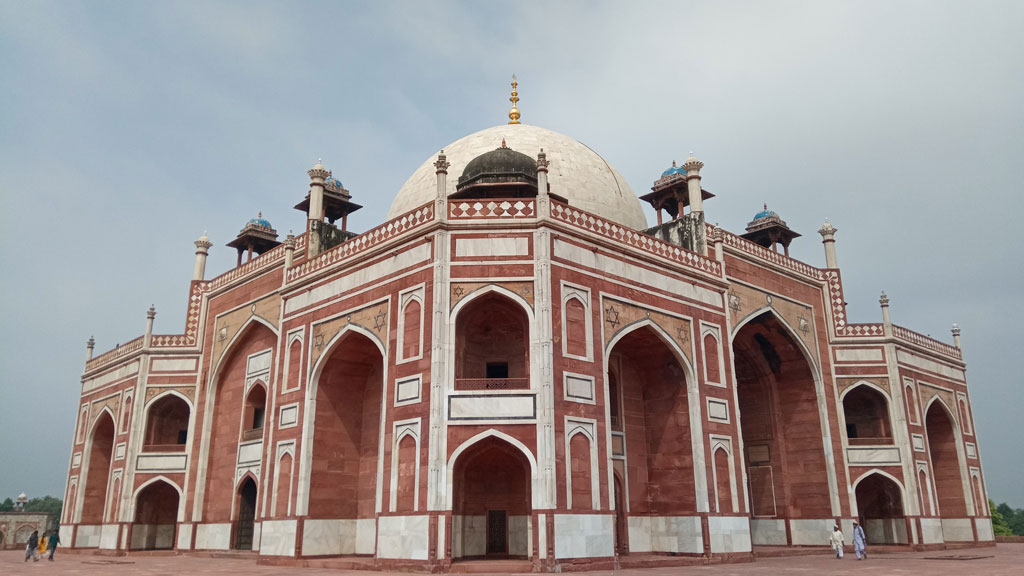Why you can trust TechRadar

Hardware
The phone comes with an inbuilt storage capacity of 64GB which can be further expanded up to 256GB at the cost of secondary SIM card. Since the phone has a hybrid card slot so either you can use it to increase the memory or place secondary SIM in it.
A MediaTek MT6757T Helio P25 quad-core processor powers the phone. The cores are clocked at 2.5GHz Cortex A53 and 1.4GHz Cortex A53 respectively in a stack of four. The 4GB RAM ensures faster and smoother functioning of the phone which works in tandem with the processor. The graphics are managed by Mali-T880MP2 GPU.
For testing the phone, I played Asphalt 8 for about an hour. It was smooth and lag-free experience when but we noticed minimal slowdown in some cases but it was very rare. Also, I didn’t find any issue while switching between the apps as well. Also, there was no sign of the phone getting warm during my usage of the phone which includes calling, messaging, watching videos among other basic uses. However, the phone does heat up slightly after 8 to 10 minutes of continuous gaming. The fingerprint scanner also struggles to identify the fingerprint sometimes. We also put the smartphone up on GeekBench where the single core secured 845 and the multi-core got 3951.

Software
The phone has its own App store called the 'G store' that provides a wide range of app categories similar to that offered by Google Play Store. You can also give your feedback about your experience with the phone through the User Center. Services like Mobile Anti-theft, G-Care and AmiClone are also provided through this app.
The Gionee A1 Plus runs on Android 7.0 Nougat along with Amigo 4.0 UI on the top. The UI is a bit confusing as the settings and other shortcuts are placed in a slider that comes out when we swipe up from the bottom of the screen similar to iOS. It took me sometime to figure it out, as I am in a habit of viewing the app shortcuts along with the notifications in the drop down window at the top.
Coming to the apps and features, the phone comes preloaded with apps like WhatsApp, Facebook, Instagram, Facebook Messenger, Saavn, TouchPal, Truecaller and Xender. It also has a bunch of preloaded games in it. Apps like Theme Park and Mood Wallpaper offers a variety of wallpapers and themes which the user can download for free.
There is also a Child Mode which allows the users to restrict the access of the apps which they do not want their child to use. They can choose the apps and can adjust the time period till up to when they want the restriction to turn on. Through this, they can keep an eye on the stuff that their child is watching and can also keep their important files safe. It also has Peel Remote through which the user can control its home appliances like TV, AC, home theatre system etc. Just like Xiaomi’s IR blaster based Mi Remote.
Sign up for breaking news, reviews, opinion, top tech deals, and more.
During the first month of my usage, the UI felt smooth and was doing a fine job in day to day. But it started showing minor lags and hiccups when I loaded it up with good number of apps and data. Also, if you like simplified ANdroid experience like Moto phones, then this isn't the best UI for you but it does offer a lot of features that are actually useful.

Camera
Gionee launched the A1 Plus with dual cameras on the rear. It comes with a 13-megapixel primary camera with 5-megapixel secondary monochrome lens. While the primary camera takes care of the RGB colour spectrum the other lens creates a depth of field while capturing a photograph.
In the camera interface, you will find different modes like video, face beauty, photo, portrait and professional. Portrait mode creates a bokeh effect while clicking the photograph. Users can also adjust the density of the effect in real time using the scroller. With the professional mode, you can tweak individual camera settings like the ISO, white balance, shutter speed of the photograph just like any DSLR camera. I clicked the photographs using all the settings and effects and this is what I found.
The camera worked well, capturing the all the details under normal lighting conditions. But, the autofocus failed to impress me as I had to tap the screen every time to select the area that is needed to be kept in focus. The performance was good in artificial light as well but it went below average in low lighting conditions. The images appeared more grainy thus losing the details of the object. However, the flash managed to balance it.
The 20-megapixel front shutter delivered good selfies in normal and artificial lighting conditions. The selfies captured in low light were also satisfactory, thanks to the LED flash that is present on the front to balance the light. Some of you will also like the Face Beauty mode which comes with face enhancements like smoother, whitening, slimming and eye enlarger.
Apart from these, the camera offers filters and a bunch of other modes like night, panorama, time-lapse, smart scene, GIF, PicNote, Text recognition, slow motion, mood photo, card scanner, smart scan and translation.
Overall, the camera performance was average in case of dual rear cameras. However, the front camera succeeded in clicking some good pictures.
Below are some of the camera samples.

Shot on a cloudy day

Shot on cloudy day-2

Bokeh effect

Shot in low light

Shot in low light-2

Shot in natural light

Shot in natural light-2

Shot in artificial light
Current page: Hardware, software and camera
Prev Page Introduction, design and display Next Page Audio, Battery & Connectivity and Verdict